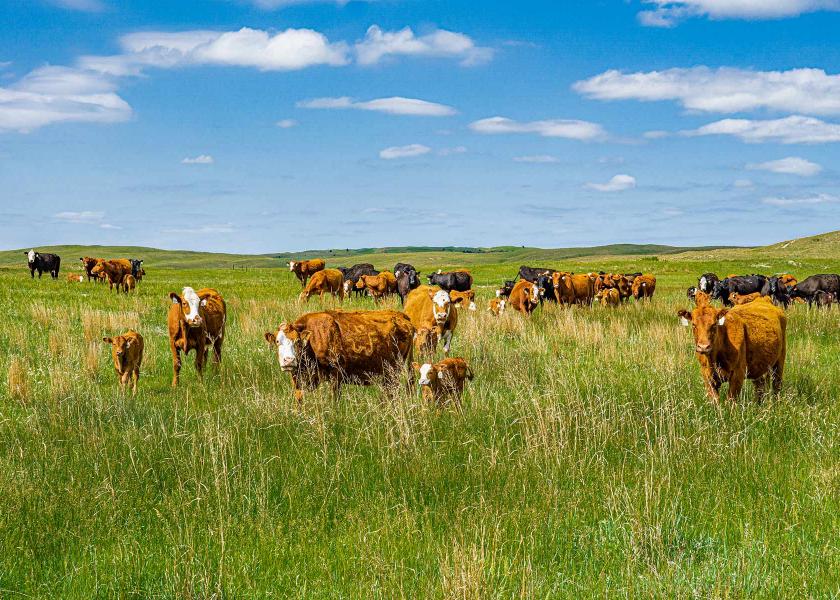Cowherd Contraction Confirmed, COF Called Steady

USDA on Friday released the smallest mid-year inventory report since 2015, indicating a total inventory of 98.8 million head, down 2 million from last year. Beef cow numbers we estimated at 30.4 million head, down 2.4% from last year. Analysts had noted an aggressive beef cow slaughter pace through the first half of this year. USDA also found 150,000 fewer beef replacement heifers, down 3.5%.
All cows and heifers that have calved totaled 39.8 million head, 2 percent below the 40.6 million head on July 1, 2021.
Fewer cows and heifers on ranches produced a smaller calf crop in 2022. The preliminary estimate for a calf crop of 34.6 million is a 1.4% decline and the fourth consecutive year of contraction.
The industry also finds smaller calf crops and aggressive feedlot placements have reduced the supply of feeder cattle and calves by 1 million head.
Inventories of steers and non-replacement heifers over 500 lbs. were down 200,000 and 100,000 head, respectively, while calves weighing 500 lbs. or less were down 700,000 head. Total cattle on feed inventories were steady with year-ago.
The dairy herd was estimated to be down 0.5% at 9.45 million and dairy replacements steady at 3.8 million.
Cattle and calves on feed in the United States for all feedlots totaled 13.4 million head July 1, 2022, unchanged from previous year. Cattle on feed in feedlots with capacity of 1,000 or more head accounted for 84.6% of the total cattle on feed on July 1, 2022, up slightly from previous year. The total of calves under 500 pounds and other heifers and steers over 500 pounds (outside of feedlots), at 35.7 million head, down 3% from the 36.7 million head on July 1, 2021.







